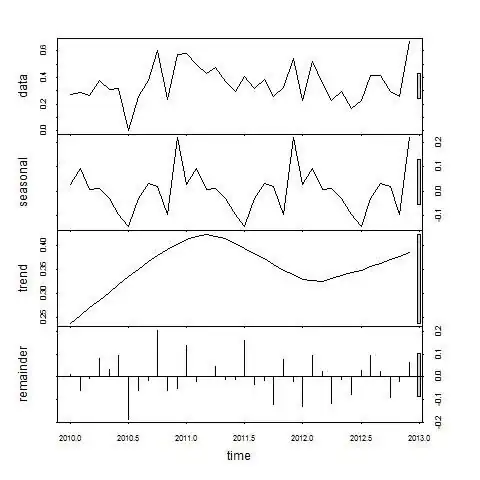Assume we have a probability distribution $P(y,z|\theta)$, where $x$ is the total set of variables divided into observable variables $y$ and hidden variables $z$, and data on observable variables $y$. We wish to determine $\theta$ that maximizes the likelihood $P(y|\theta)$.
This tutorial (after my breaking their total set of variables $x$ into $y,z$ for clarity) presents the EM algorithm as choosing an arbitrary $\theta^0$ for a probabilistic model's parameters and then repeatedly solving for $m=1,2,\dots$ until convergence:
\begin{eqnarray*} \theta^m &=& \text{argmax}_\theta \sum_z \text{ log }p(y,z|\theta)p(z|y,\theta^{m-1}) \end{eqnarray*}
That requires maximizing $\theta$ over a summation over $z$.
My question is: why not simply more directly solve the problem "what is the most likely value $\theta^*$ for $\theta$ given $y$," that is:
\begin{eqnarray*} \theta^* &=& \text{argmax}_\theta P(y|\theta) & \\ &=& \text{argmax}_\theta \sum_z P(y,z|\theta) \end{eqnarray*}
which also needs to solve a maximization of $\theta$ over a summation over $z$, but does it in a single shot and is conceptually simpler?
In other words, why do we need the iterative algorithm, and why do we need the log?
Update: it's been suggested that this is duplicate of Why should one use EM vs. say, Gradient Descent with MLE?. It is indeed highly related, but the answer there says that EM is better but does not provide an explanation as for why. Also, it does not address the need to use the logarithm.
